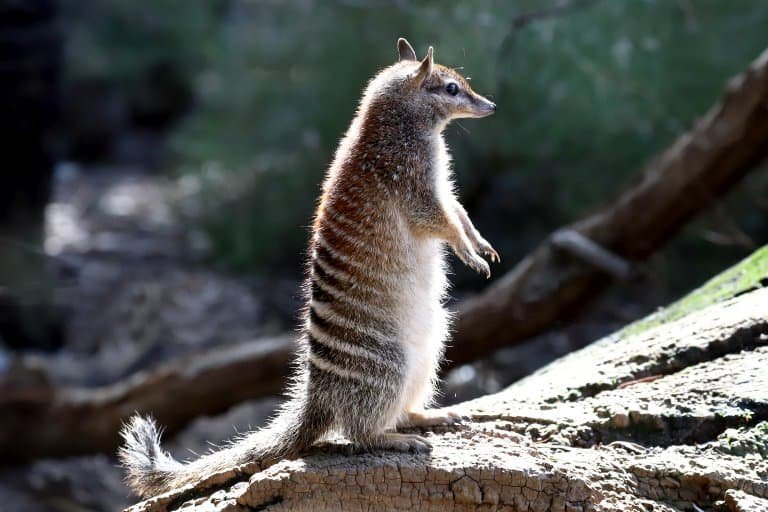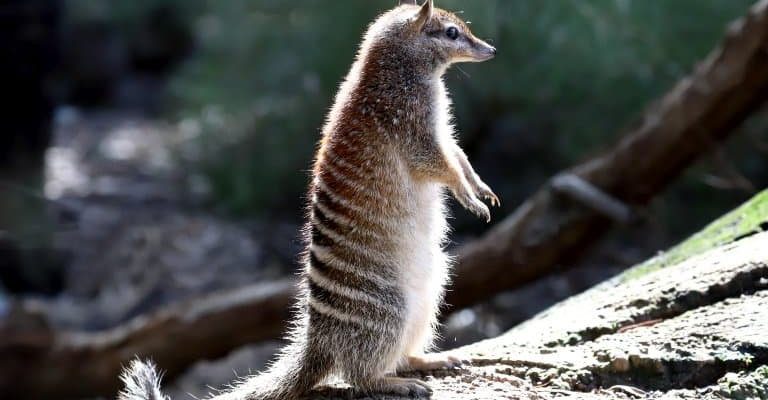
Numbats are native to Australia and are often referred to as banded anteaters. They have a unique diet, primarily feeding on termites. This makes them a key player in controlling insect populations. However, despite their importance, their numbers have plummeted over the years due to habitat loss, predators, and other environmental challenges. In this article, we’ll take a closer look at why the numbats are endangered, what conservation efforts are underway, and how we can help.
What Makes Numbats Unique?
To understand why the numbats are so special, let’s first dive into their biology and behavior. These small marsupials are typically about 30-40 centimeters long, with a long, pointed snout perfect for snuffling through termite mounds. They have distinctively striped backs that make them easily recognizable.
Numbats are nocturnal, which means they’re most active at night. Unlike many other marsupials, they don’t have a pouch for carrying their young. Instead, they give birth to tiny, underdeveloped offspring that cling to their mother’s teats for several months. It’s fascinating to see how these little creatures adapt to their environment, relying heavily on specific habitats like eucalyptus forests and woodlands.
However, outside their physical charm, numbats have a delicate ecological role. By feeding on termites, they help maintain the health of their ecosystems. Think of them as tiny gardeners, keeping the soil rich and the insect population in check.
The Endangered Status of Numbats
You might be wondering why numbat populations are struggling. The short answer is habitat loss. As urban areas expand and forests are cleared, these marsupials lose their homes. According to recent estimates, the numbat population has decreased by around 90% from its historical numbers. This dramatic decline puts them in the endangered category, meaning they’re at serious risk of extinction.
Additionally, predators like foxes and feral cats have made life even more challenging for numbats. These introduced species hunt numbats, leading to even smaller population sizes. It’s like trying to survive a game of hide and seek in a maze filled with bullies—that’s how tough it is for these little guys!
Moreover, environmental changes brought on by climate change, such as drought or bushfires, further threaten numbats. Just like us, animals need stable living conditions to thrive, and any disruption can have lasting impacts.
Current Conservation Efforts
So, what’s being done to help numbats? Thankfully, conservationists and scientists are stepping in to protect the species. Several initiatives focus on habitat restoration, creating safe spaces for numbats to live and thrive. This includes replanting native woodlands and creating predator-proof enclosures to keep them safe from hungry feral animals.
In various Australian national parks, special breeding programs are underway. These programs aim to increase the numbat population through controlled breeding and monitoring in natural settings. For instance, the Numbat Recovery Team works tirelessly to track numbat populations and understand their needs better.
It’s heartening to see communities coming together to support wildlife. Educating the public about the importance of numbats is crucial. The more people know about these adorable creatures, the more they care, and the more support can be rallied for their conservation.
How You Can Help
You might think, “What can I do?” Well, there are several ways to make a difference even from afar. Here’s how you can pitch in:
- Support Conservation Organizations: Contributing to wildlife organizations focused on numbat recovery can really make a difference.
- Spread Awareness: Talk about numbats with friends and family. The more people know, the better the chance for conservation.
- Visit Protected Areas: If you’re in Australia, visiting national parks that protect numbats can help local economies and conservation efforts.
- Practice Sustainable Living: Reducing waste and using less can help protect natural habitats.
Every little bit helps! Just think of it like putting a few coins into a piggy bank—the impact adds up over time.
The Broader Picture: Global Conservation Insights
The situation with numbats isn’t unique. It mirrors a global issue where many species face similar threats. Across the world, endangered animals like the Amur leopard or the Sumatran orangutan struggle due to habitat loss and climate change.
The fight to save these species demonstrates that conservation is a shared responsibility. It highlights the understanding that biodiversity is vital. Healthy ecosystems lead to cleaner air, water, and diverse wildlife.
Conservation isn’t just about saving cute animals; it’s about preserving the balance of nature. Losing species like the numbat can have a ripple effect that impacts entire ecosystems, including us. Protecting numbats is, in essence, about protecting ourselves.
Is the numbat endangered? The answer is a resounding yes, and their situation is a reminder of how interconnected we all are. With dedicated conservation efforts and increased awareness, there’s hope for these unique marsupials.
As we move forward, let’s keep working together to protect not just the numbats, but all endangered species. Every action counts, no matter how small. So, next time you hear about the numbat, think of that tiny creature doing its part to keep nature in balance. Together, we can help bring the numbats back from the brink.

